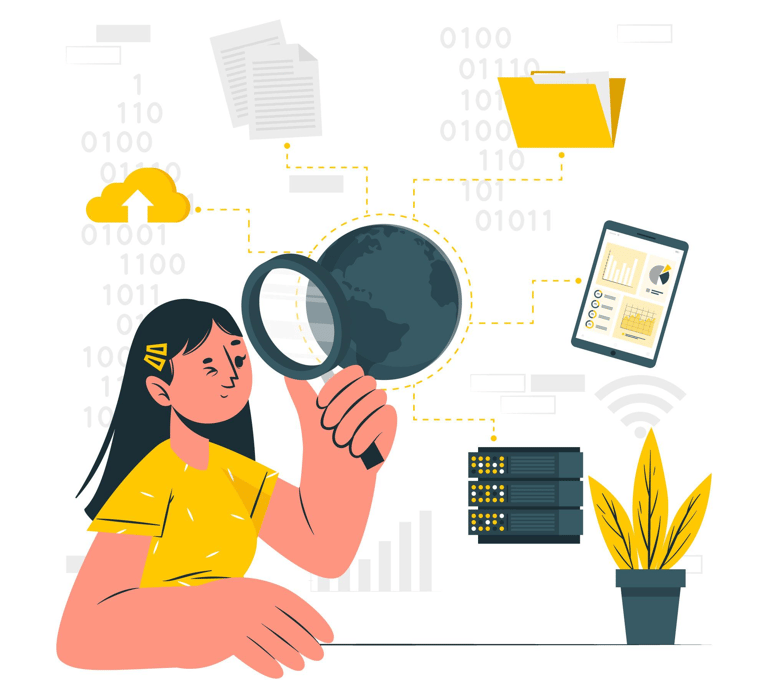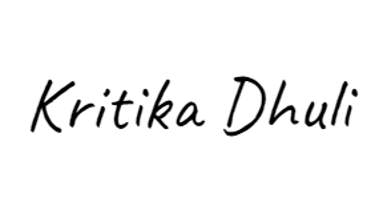Observational UX Research Methods
User observation involves watching and listening to people when they are using any product or service. In this way, a researcher can get an objective view of the product or service. User observation is not just watching and listening to people; it involves careful, conscious, and purposeful efforts, process the information, and come to an output.
Kritika Dhuli
6/21/20236 min read
User research is conducted on two core activities: user observation and user activity. While observing people, we get significant value on how they behave, how they react, their needs, their pain points, and how they perform their tasks. When interviewing people, they merely provide you real case scenario. Sometimes they are biased sometimes, they don’t know about their needs and pain point, sometimes they don’t want to give you the correct information because they don’t trust you and don’t want to provide any information related to them, so they lie.


What is User Observation?
User observation involves watching and listening to people when they are using any product or service. In this way, a researcher can get an objective view of the product or service. User observation is not just watching and listening to people; it involves careful, conscious, and purposeful efforts, to process the information, and come to an output.
Types of user observation
Participant observation
Participant observation is a traditional ethnographic research method in which the researcher joins the group and participates in the group activities.
This observation is useful when a researcher has to study the group and observe how users interact with any product, service, or system. Therefore, it deals with service design, redesigning processes, business applications, and system design. For example, customer experience in a restaurant, nurses in daycare, real estate agents, etc.
Participant observation is focused group research, so it wouldn’t be the right research method where the participant's activities are alone or infrequently. For example, purchase on eCommerce websites.
Usability Testing
Usability testing is done to evaluate any product or service by testing it with representative users. The users will perform a specific task while the observer will listen, watch, and take notes. The researcher will collect quantitative and qualitative data and determine the user’s satisfaction with the product. The researcher can ask questions about what a user is thinking and doing, but the primary thing is to observe the actions.
Contextual inquiry
Contextual inquiry is the research in user's context. Observing people in their natural environment while they are demonstrating and explaining their typical task. But the primary value is to see the way users are performing their jobs. As the users are interviewed in their natural environment, the analysis is more realistic. The researcher gets information about their workflow, the tools they are using, and the experience in the physical environment.
Naturalistic Observation
In naturalistic observation, the researcher observes the user without interacting with them; the main goal is to see their natural behavior without interrupting them.
This allows users to study things that cannot be manipulated. For example: watching students' behavior and their interaction with each other in the classroom. Also, the dynamics between the teacher and the students.
Shadowing
In shadowing, the researcher only acts as an observer, and the participants complete the tasks in their natural environment. It is different from contextual inquiry as the participants are interviewed first or involved in a group discussion to know about their needs. During shadowing, the researcher develops a list of questions posed to the participants at the end of the session. During shadowing, the participants are also provided with a commentator who explains what is being observed. The time to conduct shadowing can vary from 30 minutes to days or even weeks.
Covert Observation
Covert observation is similar to naturalistic observation, where the participants are being observed in their natural environment. The only difference here is that the researcher observes the participants without their knowing that they are being observed. This type of observation can be done in public places where there is no expectation of privacy. For example, to observe the people’s behavior in an airport.
Controlled observation
Controlled observation is a structured observation that takes place in a laboratory environment. In this observation researcher explains the purpose of the research to the participants and participants know that they are being observed. The researcher controls many of the variables such as location, time period, participants, surroundings, and more. The observations are recorded quantitatively in each step and also qualitative in subjective type questions.
Planning an Observation
Observation is not just going somewhere and passively looking and listening. You have to plan things to get the desired result.
Goal of the research
First, decide what you want to learn from the research. Frame specific questions that you want to answer at the end of the research. Even if you have particular questions in your mind, that doesn't mean you should stop observing the other vital details. Start with a specific concept, be flexible, and revise your plans if necessary.
Plan your Research Methods
Decide which type of research methods you want to use according to the problem and circumstances such as the type of interview, contextual inquiries, or naturalistic observation. Plan the sessions, decide whether you want to interview first, then observe the participants, or first observe and then interview to answer questions that arose during the observation.
Design the Tasks
Decide some real tasks that you want your participants to perform during the observation. Your tasks should focus on the part of the problem or product you are studying. Once you decide on the tasks, write them out as short and simple instructions.
Plan what, where, when and who to observe
Once you have designed the tasks, find participants to perform those tasks, where they are, when they will perform those tasks, and when you will need to visit the participants.
Decide the use of recording equipment
According to the type of research method, you can use recording equipment such as videotape. You can analyze it later once the session is over, from which you can get enormous amounts of valuable information.
Plan Multiple Sessions
Observing participants over several sessions can be very advantageous:
Tasks and events can be conducted at different times of the day, once a week or each month. By doing this you will get the variety in your research outcomes.
Repetition gives you a better understanding of the issues and problems because of the variations in the participants.
You can have focused attention on a particular problem over a longer period of time
Conduct background research
It is essential to know the information which already exists. This is called secondary research. You can do your secondary research from past research papers, journals, articles, and books. Learn as much as you can about their tasks, environments, tools, and business domains. This makes it easier for you to know what details to focus on during the research.
Determine the settings
Determine the ideal settings according to the observation method you are choosing. With proper room, desk, hardware, software, video camera, microphones etc.
Conducting the observation
Once you have done other research methods like interview or contextual inquiry it will be easier for you to conduct naturalistic observation as they are already familiar with you and comfortable with your presence.
Introduce yourself.
Describe the purpose of your research: Explain to the participants what problem you are trying to find in a product, system, or service.
Tell participants they can quit at any time if they are not comfortable. Participants shouldn’t feel locked into completing the task.
Ask participants to think aloud during the tasks they are performing. Saying what comes to the mind as they work. This will help you to determine their intentions and their problem-solving strategies.
Give participants a specific set of instructions and the tasks to perform in a particular order. Do not demonstrate something you are trying to test.
Ask the participants if there is any question they want to ask before starting the observation.
Conclude the observation by explaining what you were to find out during the test, answer the participant's questions, and discuss the interesting behavior you would like to explain to the participants.
If you find any participant making mistakes, you should attribute the faulty design, not the participant.
Review all your data carefully and thoroughly from your notes, videotapes, worksheets, tasks, etc. Look for the places where participants had trouble, and look at the participant’s behavior at every stage while using the product or service or setting.
Keeping records of your data and documenting it in a particular format will help you make design decisions.
Once you have analyzed the result and come to the findings, fix the problem area, and test the product again. If you are testing your product more than once, you will see the user experience changes.
Now when you are pretty clear that you cannot make design decisions based on your preferences or self-reporting alone, it is crucial to know about the user’s needs and pain points through proper user observations. We want our product to fit into our lives. We cannot change the user’s behavior to use our product. We have to improve the product experience. That can only be done by watching users in action.
